Empress Dowager Cixi was pregnant at the age of 46. The royal physician accidentally congratulated her and immediately "faded"?
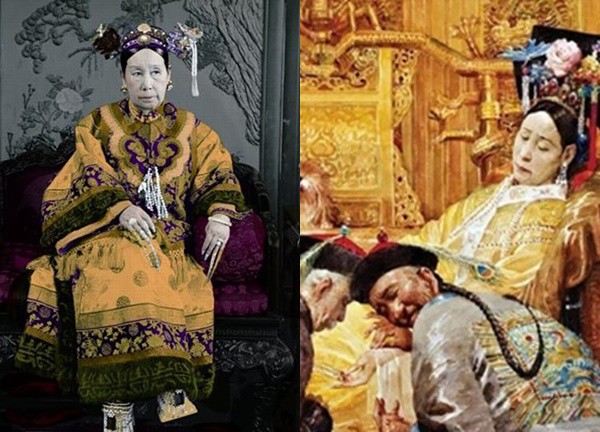
2 | 1 Discuss | Share
Nail rings are also known as "false nails" or "protective nails". It has been around for a long time, since the Warring States period. The ancient Chinese believed that hair and nails were born from parents, so avoid cutting them and just let them grow naturally!
If you love Chinese historical dramas or just happen to watch them, many viewers are still impressed by "fake nails". Fake nails, also known as "protective armor", were the most popular jewelry during the Qing Dynasty in China.
Accordingly, these rings will be made from metal, delicately decorated and worn on the fingers. They are quite long, so they are easy to see when the concubines are bowing or arguing with each other. But in reality, is it true that the Qing Dynasty favored this type of exotic accessory? What is the real purpose of these fake nails?
The ancient Chinese believed that hair and nails were born from parents, so avoid cutting them and just let them grow naturally. Hair is okay, but growing long nails is very entangled and easily broken. Therefore, people began to invent "protective armor" with the simple initial purpose of protecting long fingernails.
However, both natural nails and protective accessories are very cumbersome, making it difficult to work. Therefore, only people from noble backgrounds, from the middle class or above, "grow" long nails and use body armor. Over time, becoming a habit, armor has become an accessory that symbolizes the beauty and power of noble people, and is an indispensable accessory for women (because they live in the bedroom and rarely go out). easier to "grow" nails).
During the Qing Dynasty, these fake nails became more popular and were associated with concubines and beauties in the palace. They are not only a nail protection tool but also a symbol of status and power. Empresses and noble concubines often use armor made from gold, silver, pearls, turtle shells,...
Meanwhile, concubines of lower rank use armor made of bronze, ivory, porcelain enamel, etc. The carved motifs on these fake nails are also very sophisticated, the queen often carves phoenix flowers. . The Queen Mother's armor is engraved with the word "Van" and the word "Tho". Some armor can also bend along the knuckles.
Among the Qing Dynasty royal women, Empress Dowager Cixi was said to have the most elaborate nail care, and was also the owner of the most unique and precious fake nails. Empress Dowager Cixi is famous for being one of the most powerful women in feudal Chinese history. Not only is she powerful, her life is extremely luxurious and expensive. She wears jewelry and jade on her body.
According to the autobiography of a palace maid who once served her, Tu Hy wore gold armor on her right hand and pearl armor on her left hand. At night, sleep with a "less sparkly" type of armor. According to some sources, the fingernails of Empress Dowager Cixi's ring finger and little finger were sometimes grown up to 7-8 cun long (one of the Chinese units of length measurement), approximately 23 feet long. 3-26.7cm.
Her nails are soaked in warm water, cleaned and trimmed every day by specialized people. As for the nails, Tu Hy has the habit of growing long nails on her thumb, pinky and ring fingers. Each of her nails has a palace lady in charge of taking care of them.
However, long nails break easily, so she asked the royal physician to specially prepare a special nail care medicine. This medicine makes nails softer and harder to break. To protect her nails, Tu Hy also used small tubes like pen towers to cover the tips of her fingers to protect her nails.
These tubes are changed depending on the weather: Brocade is used in winter, marble is used in summer, and most of the rest are gold inlaid with jade and precious stones.
Empress Dowager Cixi wore fake nails not only for aesthetics but also to protect her health, hiding some poison for protection. Any officials who plot to harm Empress Dowager Cixi will be poisoned by her. Legend has it that doctors in the palace often looked at the nails to predict the queen mother's health.
However, when you get old, your nails naturally "wither" and become dull. Initially, Tu Hy blamed the subordinates for neglecting their responsibilities. But in the end she realized she could not resist the inevitable law of time. At this time, Tu Hy decided to... cut his nails regularly!
Understanding the role of armor from reality, filmmakers have cleverly brought them to the small screen. The purpose is not only to show the typical image of the Qing Dynasty, but also to increase the impression of... the hands of the ladies. For example, in Dien Hi Cong Luoc, Cao Quy Phi's "fashionable" ceremonies, Nhan Phi's hand rhythms and calculations... are all small details but show off the sharpness of her costumes. , helps portray the character's personality.
Today, science has proven that growing long nails can contribute to the spread of some infections such as pinworms. According to the US Centers for Disease Control and Prevention, you should keep your nails moderately short and regularly clean the underside of your nails with water and soap.
No one dares to marry a palace maid, no matter how young and beautiful, the reason behind it shocks everyone! 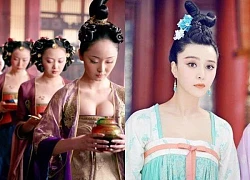 Thảo Mai17:09:13 27/03/2024In ancient Chinese royal palaces, maids (maids or maids) were the dominant class because they were the ones responsible for housekeeping, washing, serving tea and taking care of meals. drinking and living for the owner.
Thảo Mai17:09:13 27/03/2024In ancient Chinese royal palaces, maids (maids or maids) were the dominant class because they were the ones responsible for housekeeping, washing, serving tea and taking care of meals. drinking and living for the owner.

2 | 1 Discuss | Share
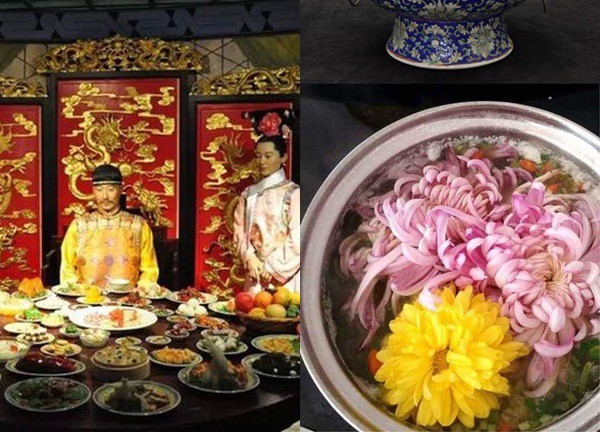
3 | 0 Discuss | Share
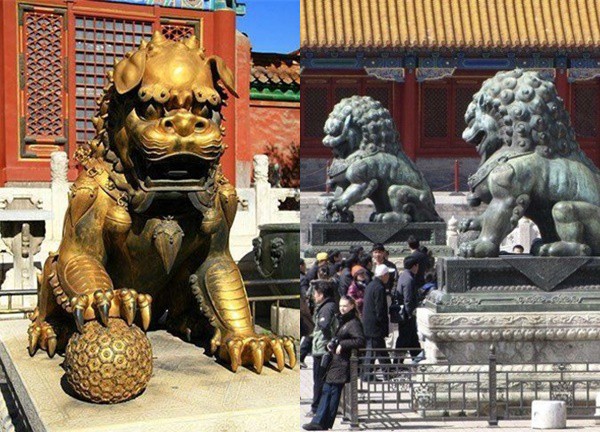
3 | 0 Discuss | Share
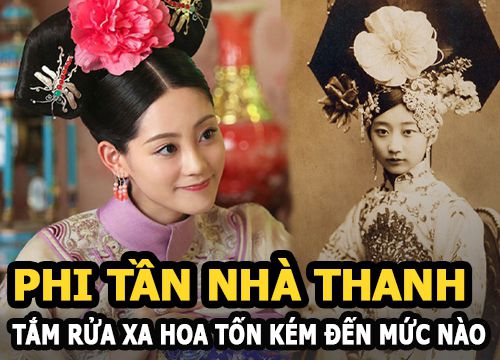
4 | 0 Discuss | Share
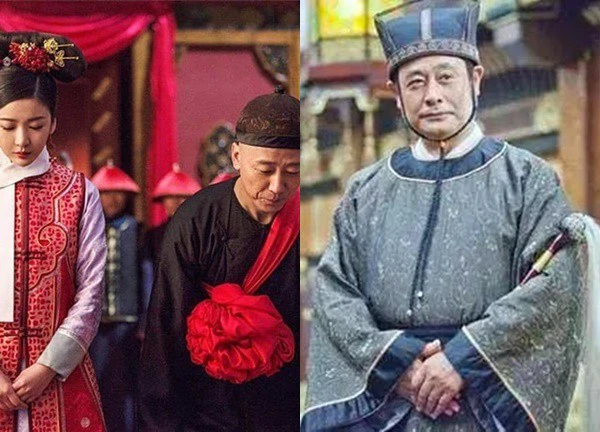
3 | 1 Discuss | Share
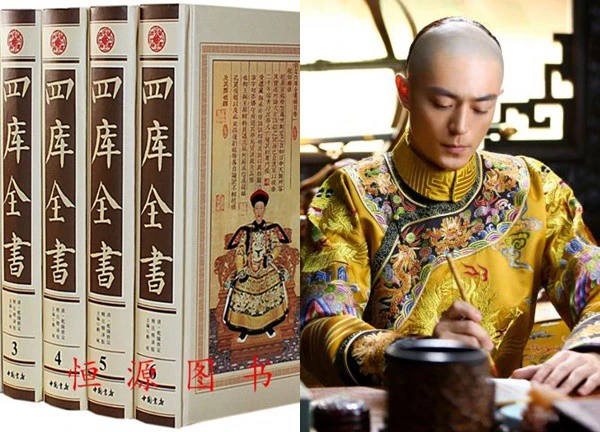
2 | 1 Discuss | Share
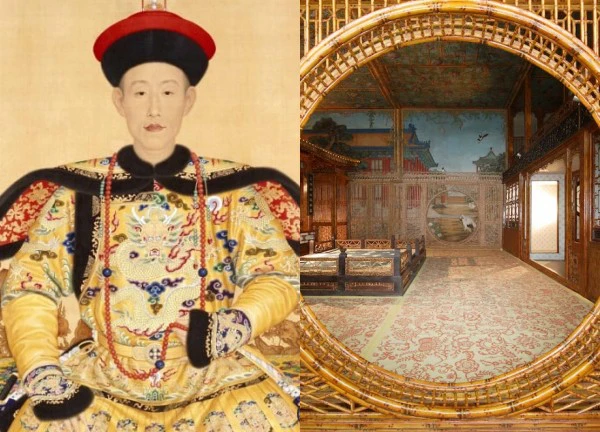
1 | 1 Discuss | Share
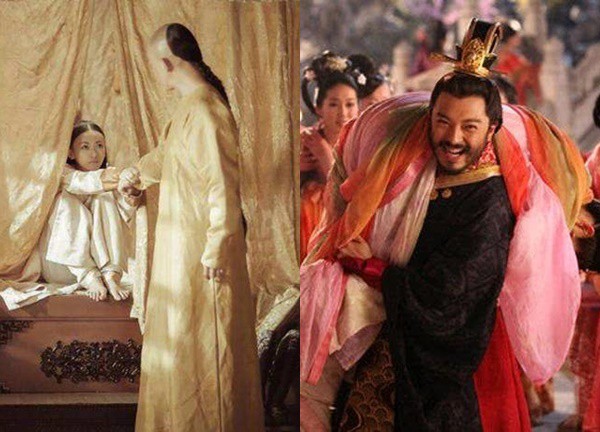
3 | 1 Discuss | Share
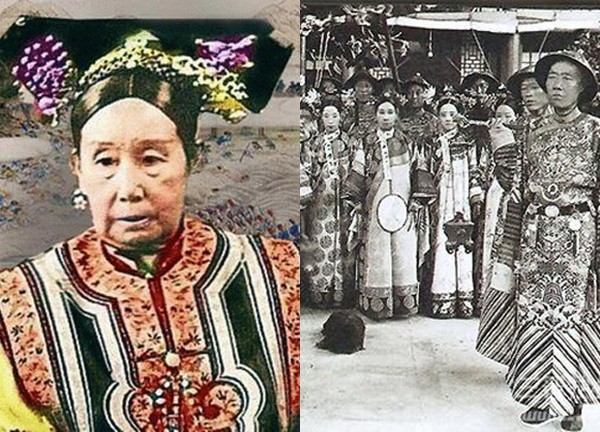
7 | 1 Discuss | Share
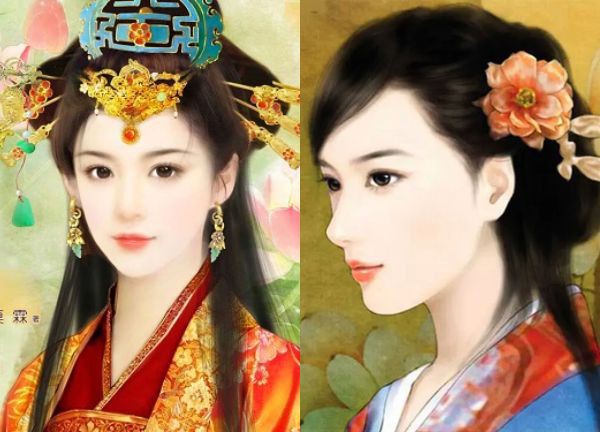
3 | 1 Discuss | Share
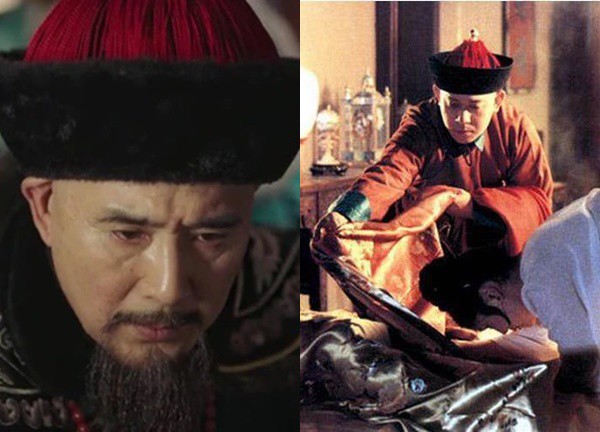
1 | 1 Discuss | Share
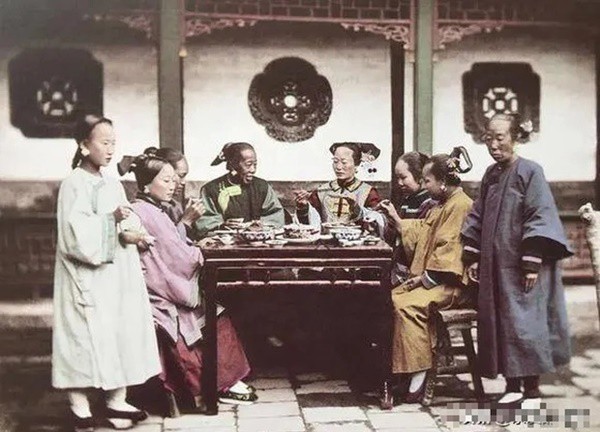
2 | 1 Discuss | Share










1 | 1 Discuss | Report